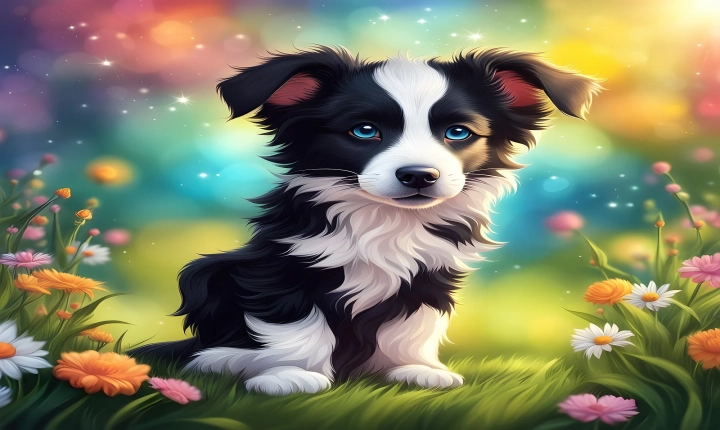Title: How to Write Effective AI Prompts for Art: A Guide for Creativity
Artificial intelligence (AI) has been increasingly utilized in the field of art, from generating visual art to aiding in creative processes. One key aspect of leveraging AI in art is crafting effective prompts that can guide the AI to produce meaningful and creative outputs. Writing AI prompts for art requires a thoughtful approach that balances creativity and technical precision. This article aims to provide a guide on how to write AI prompts for art effectively, facilitating the generation of compelling artistic outputs.
Understand the Creative Intent
Before crafting AI prompts for art, it is crucial to have a clear understanding of the creative intent behind the art generation. Whether the goal is to produce abstract paintings, generate visually stunning landscapes, or create surreal digital art, defining the artistic vision is essential. Understanding the desired aesthetics and thematic elements will aid in crafting prompts that align with the intended artistic outcomes.
Use Evocative Language
AI responds well to evocative and expressive language. When writing prompts for art, incorporating descriptive and emotive language can inspire the AI to generate more nuanced and evocative outputs. Instead of providing rigid instructions, using language that evokes mood, atmosphere, and emotion can lead to more artistically expressive results.
Provide Visual References
Incorporating visual references can significantly enhance the quality of AI-generated art. By providing images or examples that reflect the desired artistic style, texture, color palette, or composition, AI can better comprehend the aesthetic qualities that the prompts intend to evoke. Visual references serve as a guide for the AI in understanding the visual language and can aid in producing more coherent and visually appealing artwork.
Emphasize Diversity and Originality
Encouraging diversity and originality in the AI prompts is crucial for fostering creativity in the generated art. Instead of providing restrictive and formulaic prompts, allowing for variation, experimentation, and unexpected outcomes can lead to more original and captivating artistic outputs. Emphasizing diversity can open up new creative possibilities and challenge the AI to explore unexpected artistic directions.
Consider Context and Narrative
Art is often embedded in cultural, historical, and personal narratives. When writing AI prompts for art, considering the context and narrative elements can enrich the creative process. Providing contextual information, thematic cues, or narrative prompts can infuse the AI-generated art with deeper meaning and storytelling potential, resulting in more engaging and conceptually rich artworks.
Iterate and Refine
Iterative refinement of AI prompts is essential for honing the artistic quality of the generated outputs. By experimenting with different prompts, exploring variations, and observing the outcomes, creators can gain insights into how to refine and improve the prompts for better artistic results. Iteration allows for continuous learning and adaptation, leading to the development of more effective and inspiring AI prompts for art.
In summary, writing AI prompts for art requires a holistic approach that blends creativity, context, and technical guidance. By understanding the creative intent, using evocative language, providing visual references, emphasizing diversity, considering context and narrative, and engaging in iterative refinement, creators can craft compelling AI prompts that stimulate the generation of captivating and original artistic outputs. Effective AI prompts not only guide the AI but also inspire the creation of art that resonates with aesthetic and conceptual richness, opening up new possibilities for artistic expression and exploration.
